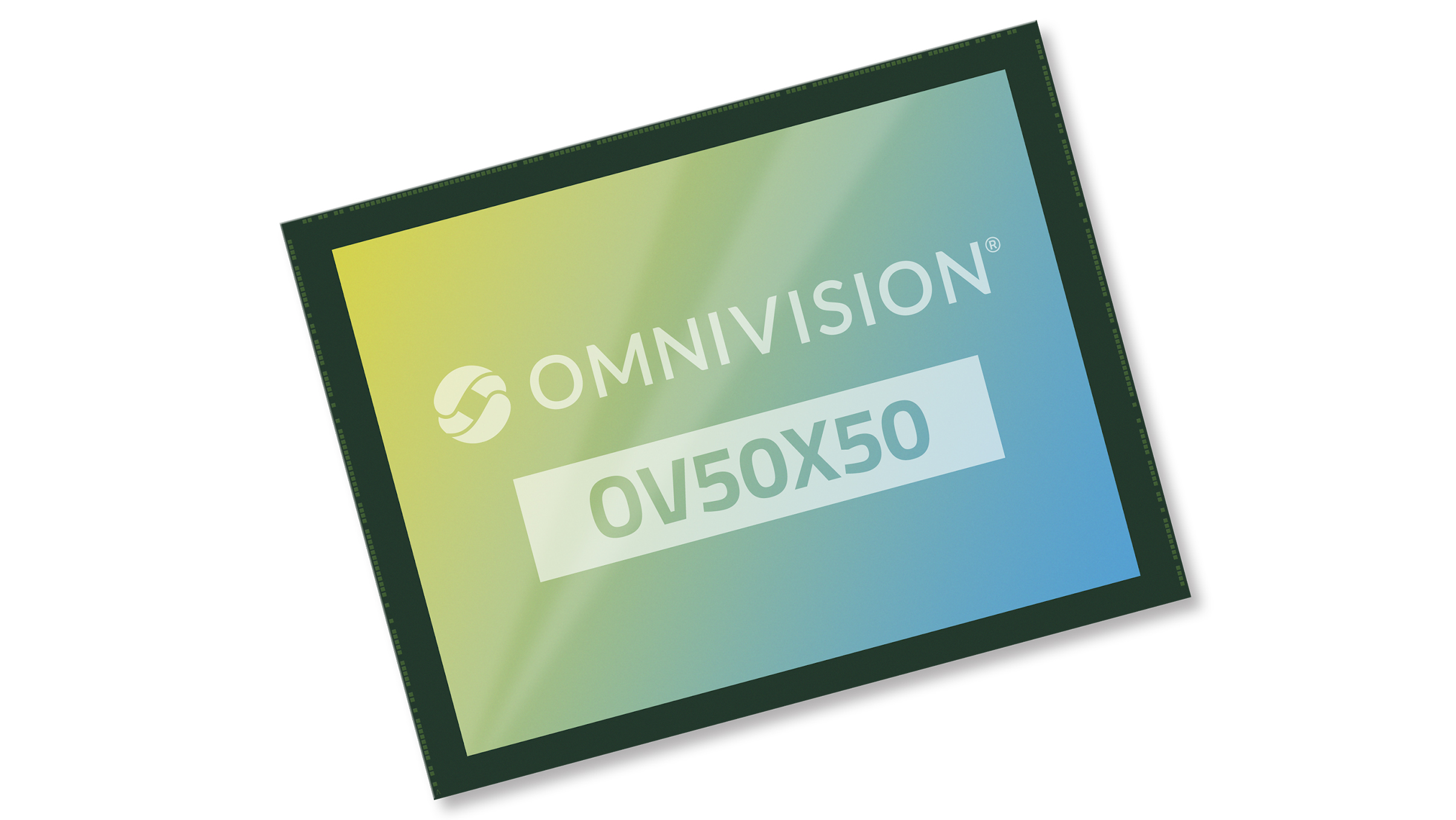The best iPhone microphone in 2025: get high-quality audio with your Apple phone
We’ve rounded up the best iPhone microphones to help you boost your mobile audio production

Your iPhone does a great job of capturing a scene’s colors and tones, and you might think the best iPhone microphone is just the one that is built in, but the quality of its audio recordings may be subpar to the HDR quality of the iPhone’s video footage.
However, the further away your subject gets from the mic the more the audio quality will diminish. You may also pick up unwanted background or ambient sounds and wind blowing on the iPhone’s mic can completely ruin a recording thanks to the low-frequency rumble that it produces.
Fortunately, there are plenty of microphones available that will elevate the quality of your audio recordings so that they match the production values of your HDR video clips from the best iPhones.
But what sort of mic do you need? For wedding videographers, you won’t have time to wire people up with individual mics, so we need an on-camera shotgun mic that will capture better-sounding audio as we document the day like a 'fly on the wall'. If we’re a YouTube vlogger and like to walk and talk while presenting to camera then we’ll need a wireless solution that lets us roam freely with a clip-on mic while a receiver attached to the iPhone captures our voice from a distance.
All of the mics featured in this buying guide have links to our full reviews, most of which contain a video that lets us hear each mic in action. This will help us make an informed choice so that we can find an iPhone-compatible mic that suits our film-making needs (and budget).

George has been freelancing as a photo fixing and creative tutorial writer since 2002, working for award winning titles such as Digital Camera, PhotoPlus, N-Photo and Practical Photoshop. He's expert in communicating the ins and outs of Photoshop and Lightroom, as well as producing video production tutorials on Final Cut Pro and iMovie for magazines such as iCreate and Mac Format. He also produces regular and exclusive Photoshop CC tutorials for his YouTube channel.
The Quick List
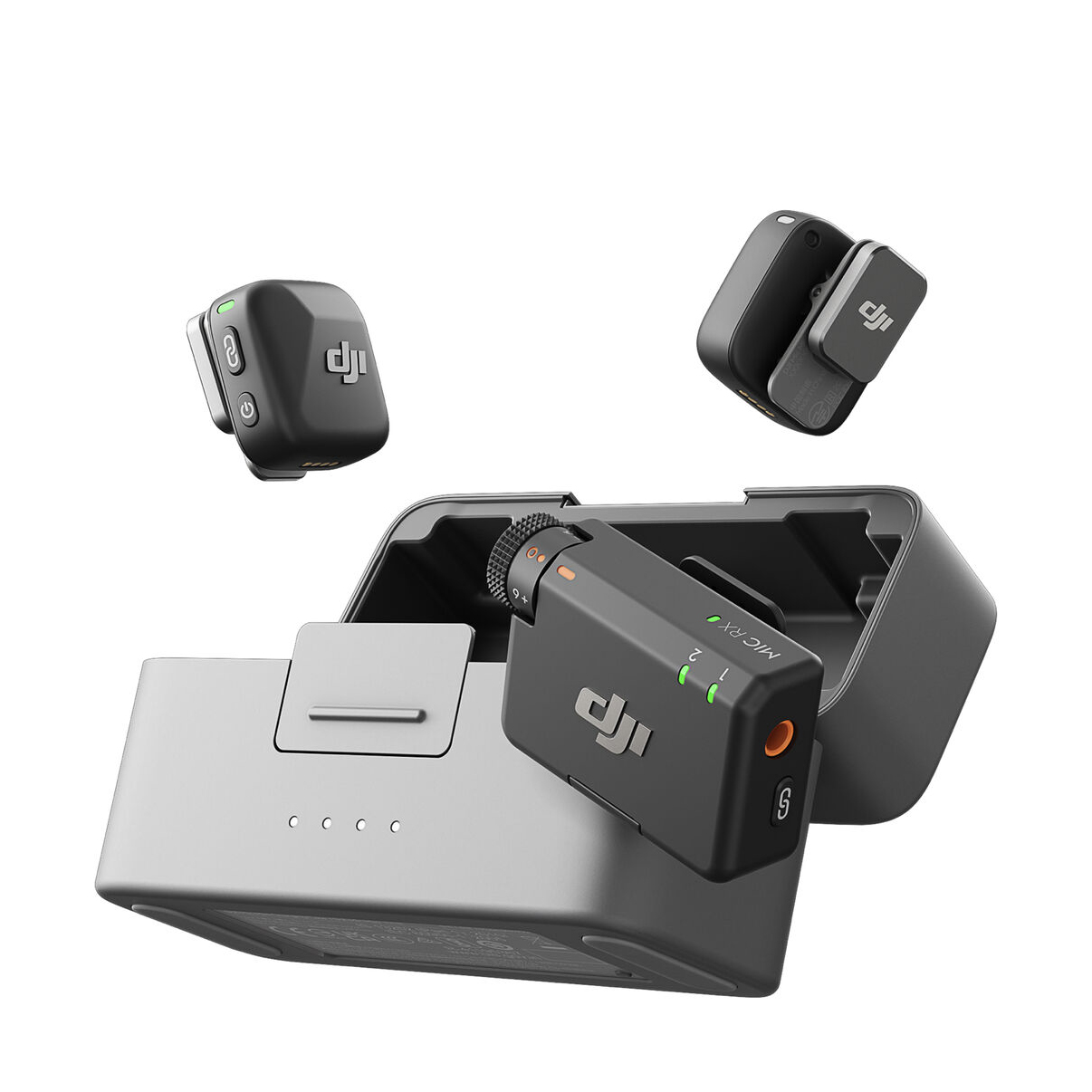
A small microphone that's big on features, this is a shrunk-down mic from the video experts at DJI – as a bonus, this is compatible with both iPhones and also cameras.
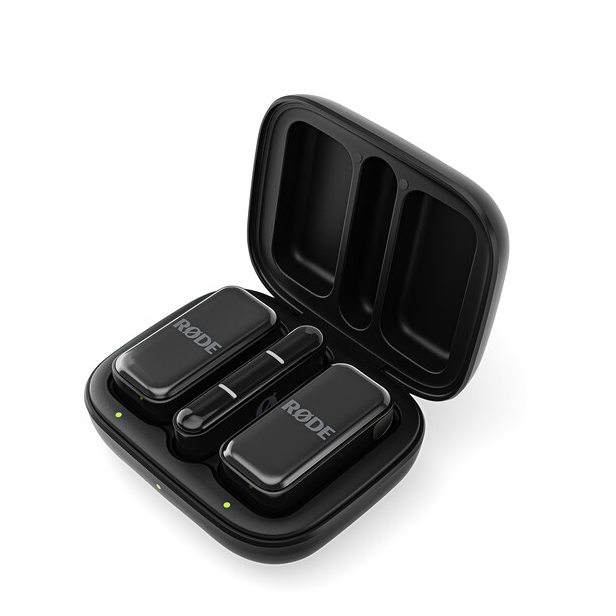
A compact ‘plug and play’ entry-level wireless mic kit that gives you the freedom to walk and talk up to 100 meters away while sounding loud and clear.
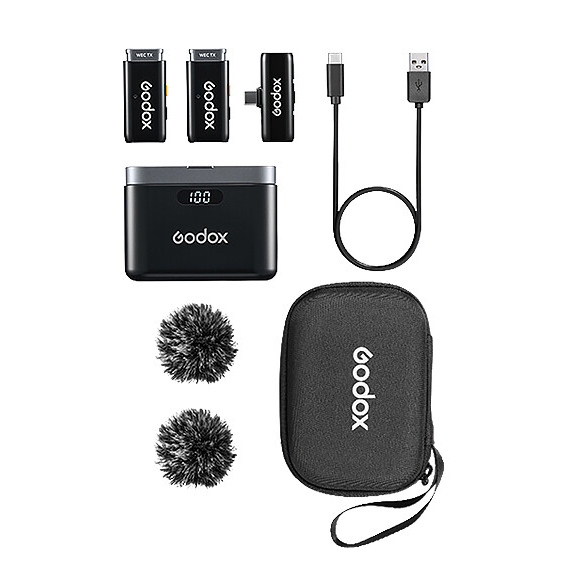
The Godox WES is a highly recommended entry-level budget wireless microphone kit that will improve your YouTube show’s audio production values (compared to using your camera’s built-in mic).
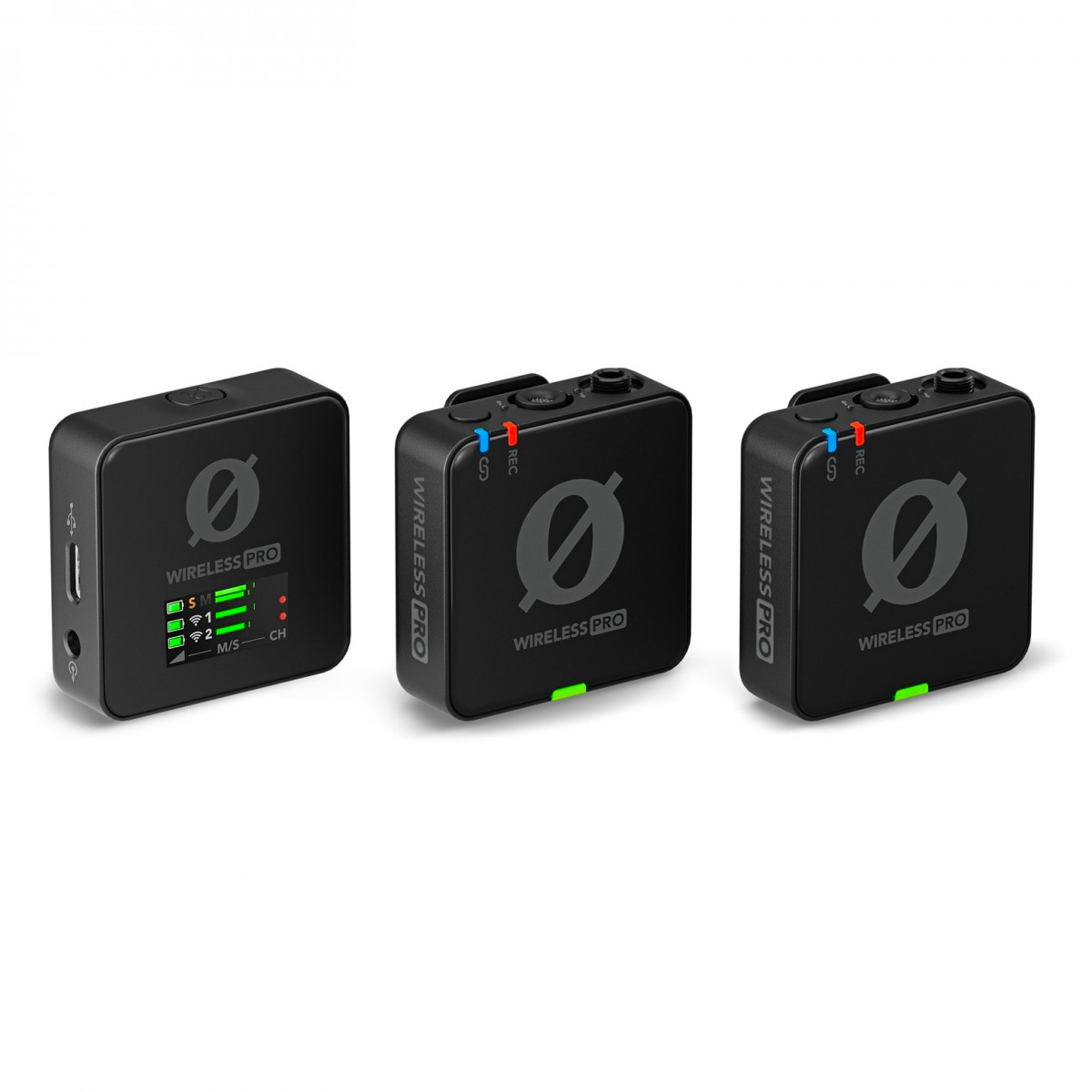
The 32-bit float on-board recording gives the Wireless Pro the edge over other wireless mic systems but at a pro price! For a cheaper alternative, we’d recommend the Saramonic BlinkMe.
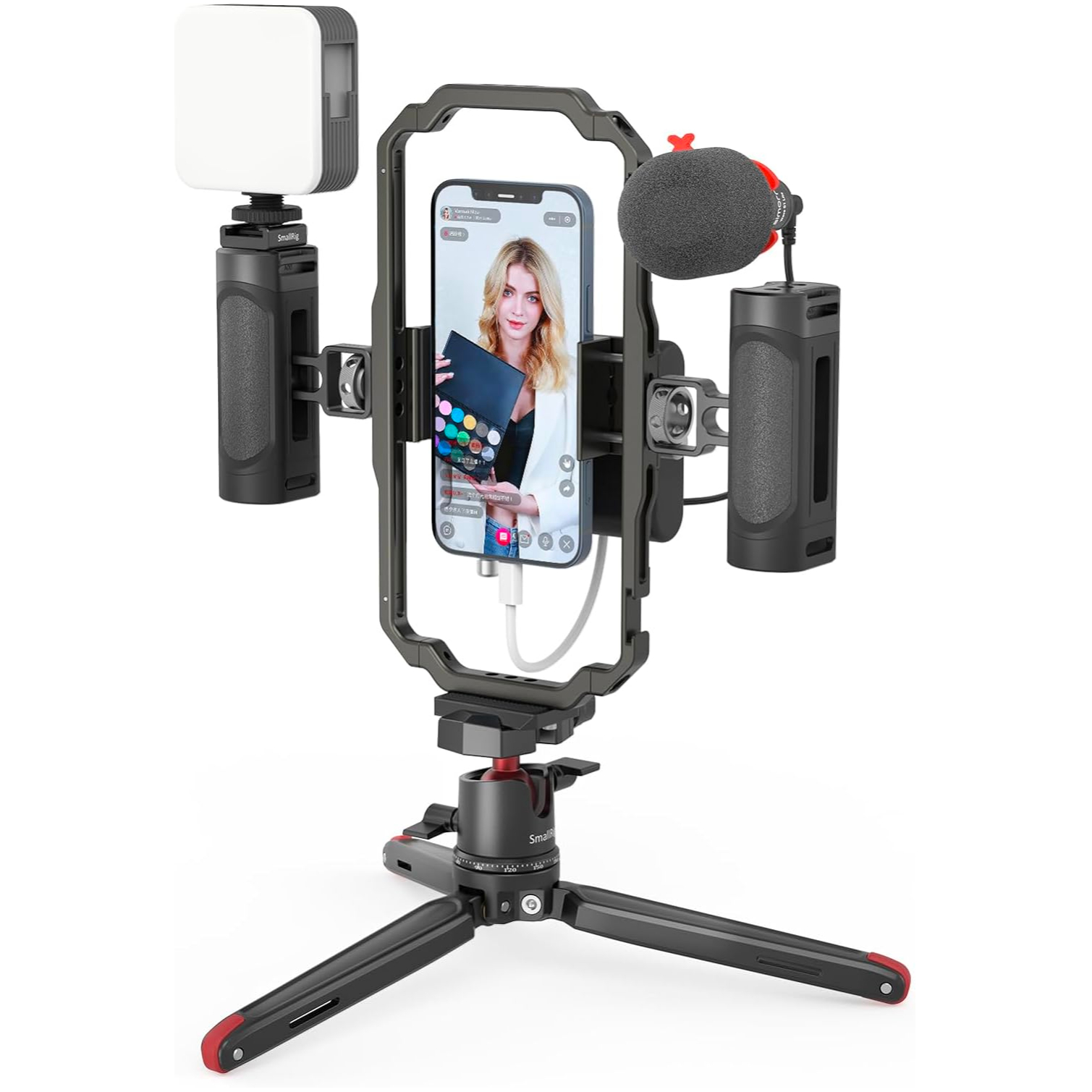
This directional gun mic helps reduce the presence of unwanted background noise while keeping your subject’s voice sounding loud and clear. The mic looks more professional mounted on the supplied cage.
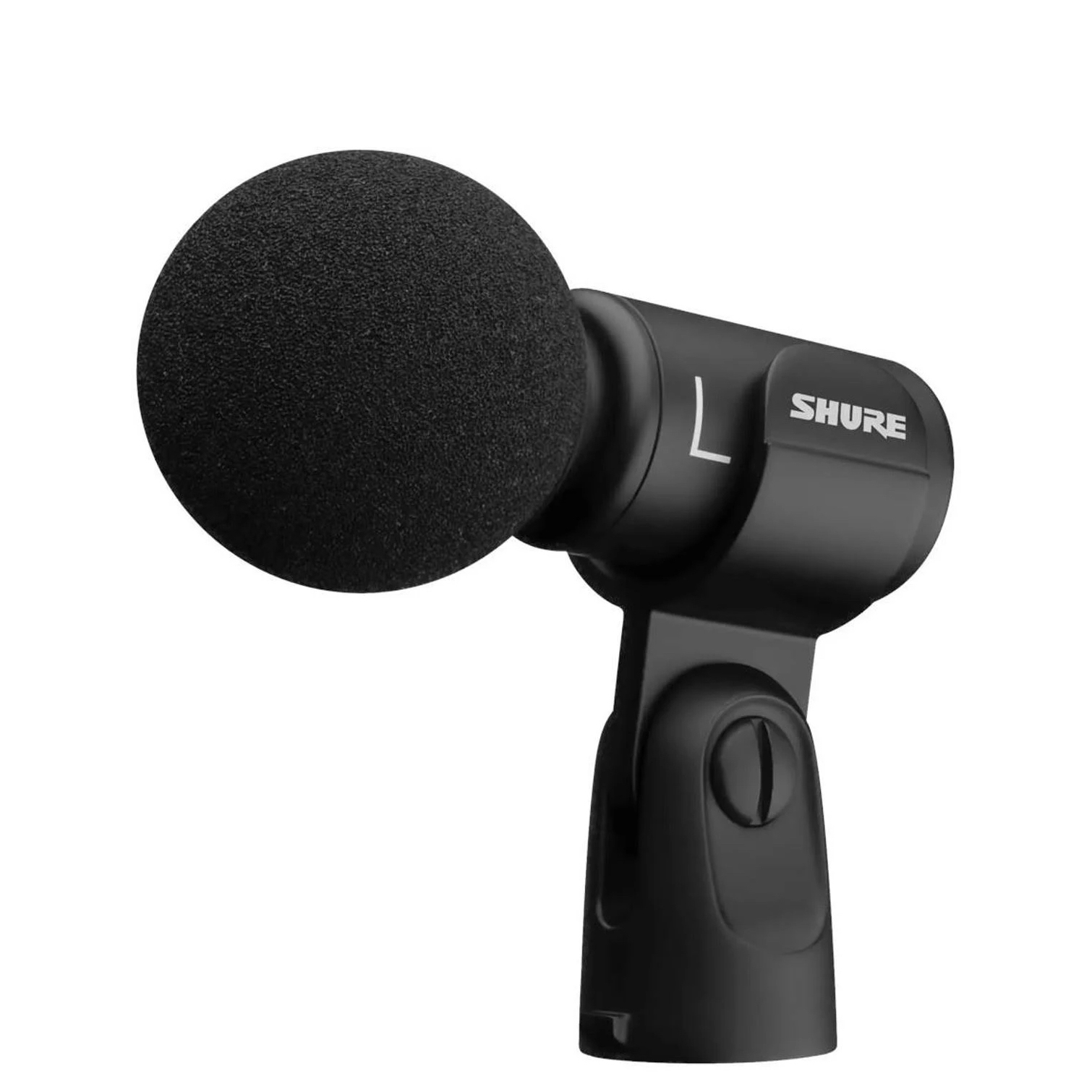
Not quite a shotgun mic, not quite a handheld microphone. The MoveMic 88+ is like a sonic Swiss Army Knife in that it can be deployed for a variety of sound recording scenarios.
View the full list...
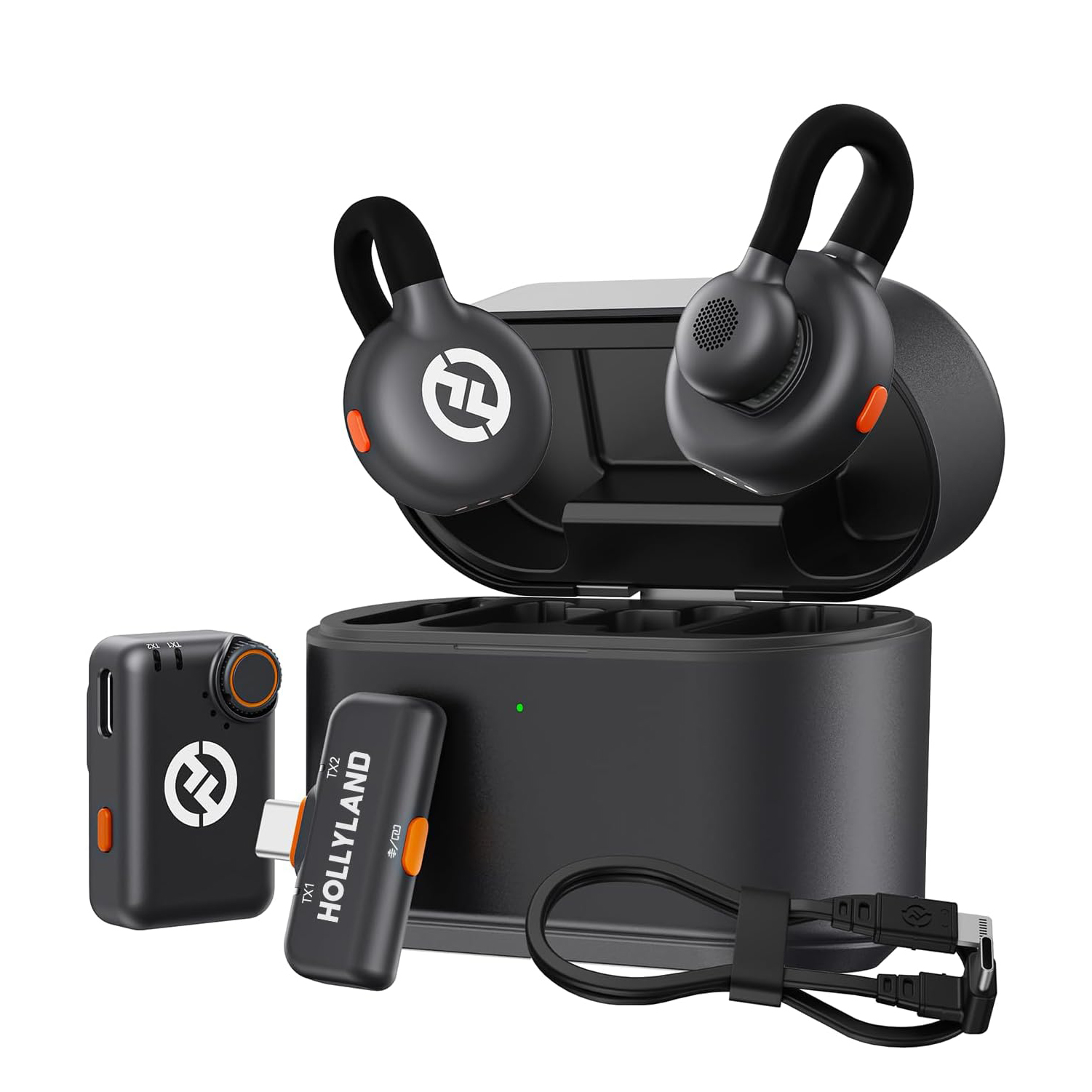
This discreet-looking mic will suit documentary movie makers who need great quality sound from a distance - but don’t turn your back on the camera!
The best iPhone microphones
Why you can trust Digital Camera World
Best iPhone mic overall
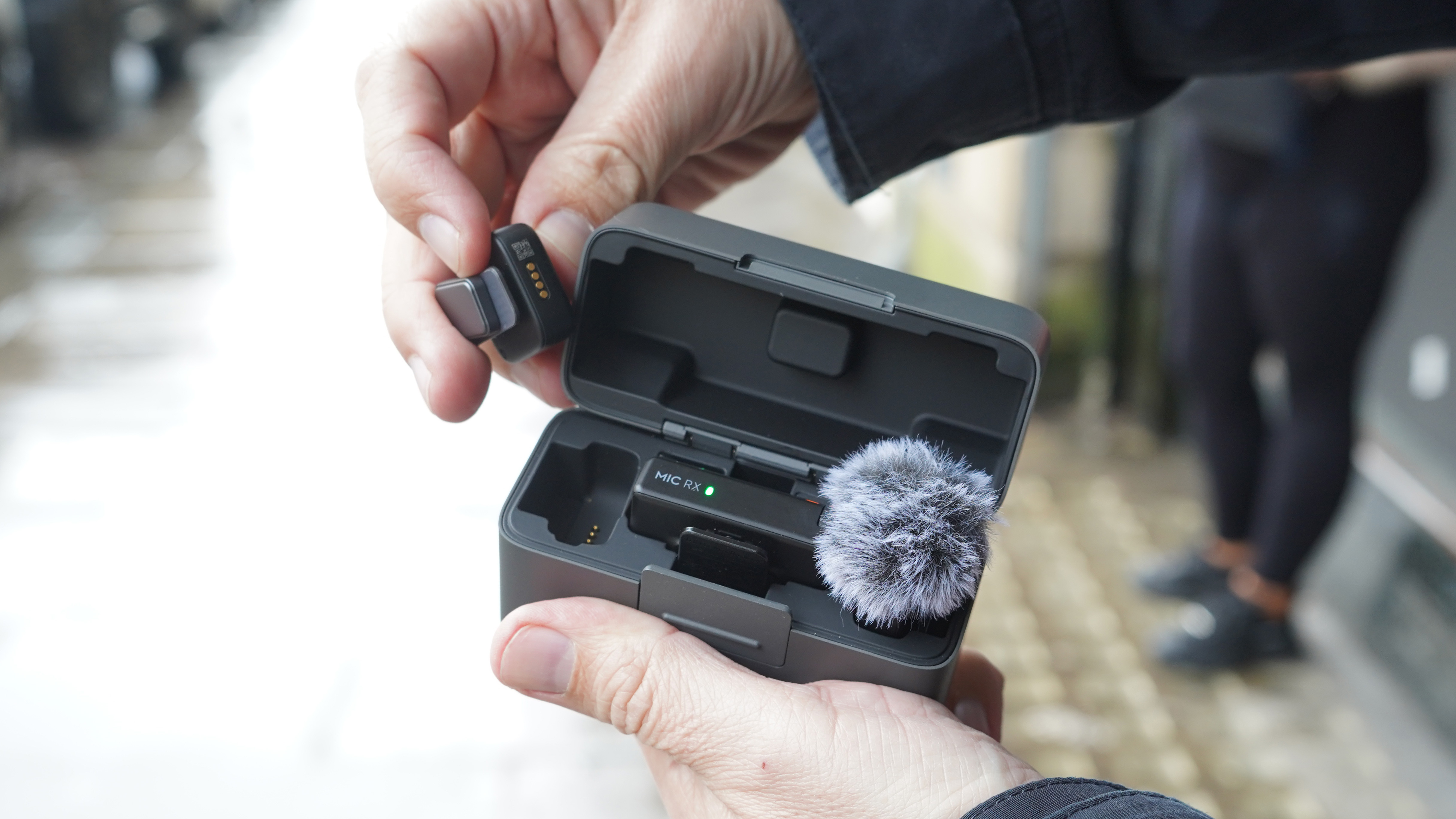
Specifications
Reasons to buy
Reasons to avoid
If you’re in the market for a compact and dependable wireless microphone system that provides professional-quality audio, the DJI Mic Mini is definitely a contender. I’ve found its lightweight and portable design to be just right for creators like vloggers, interviewers, and filmmakers who want high-quality sound without the hassle of bulky equipment. The system comes with a transmitter featuring a built-in mic and a receiver that connects effortlessly to iPhones using USB-C or Lightning adapters.
One aspect I really love about the DJI Mic Mini is its impressive range – up to 250 meters. This allows me to move around freely while recording and still capture clear, uninterrupted audio, even in bustling or expansive settings. Battery life is another strong point, lasting around 5.5 hours, which means I don’t have to stress about running out of juice during longer sessions.
Setting it up is a breeze, thanks to the intuitive controls that let me start recording in no time. Even with its small footprint, the audio quality is exceptional, delivering clear, professional sound every time. While it may not be the most budget-friendly option available, I believe the DJI Mic Mini is a worthwhile investment if you’re serious about producing high-quality content. It’s reliable, portable, and provides exactly what I need for my projects.
Best iPhone microphone for ease of use
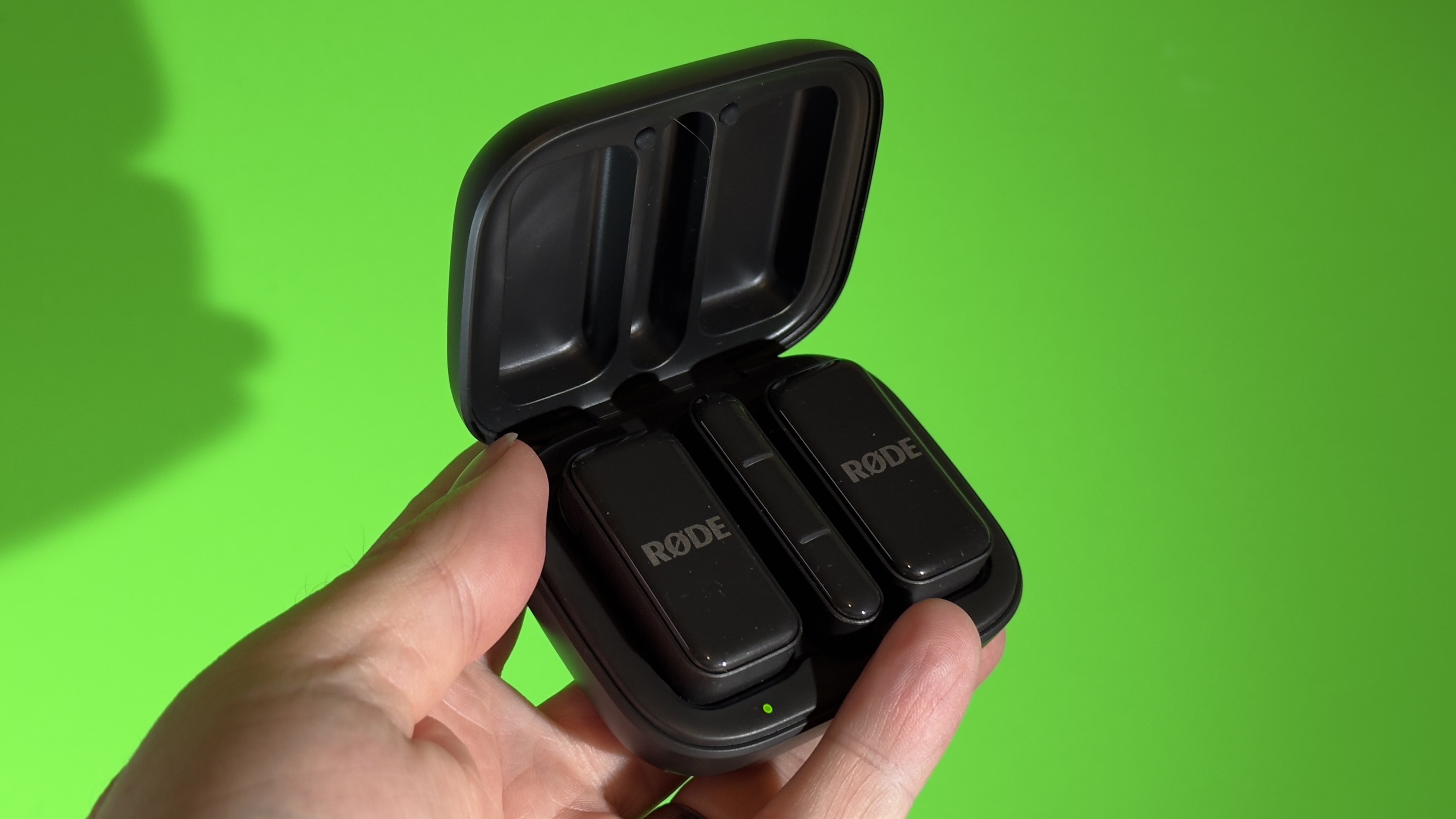
Specifications
Reasons to buy
Reasons to avoid
It’s very easy to record poor-quality sound. Just take a few steps away from your smartphone’s built-in mic and your voice will soon be drowned out by ambient noise such as passing traffic or aircraft! You could attach a cabled lavalier mic to your smartphone but your freedom of movement will be limited by the length of the cable. Fortunately, it’s also very easy to capture great-quality sound - even at a distance from your smartphone. The RØDE Wireless Micro has a small sleek receiver that plugs via a USB-C connector straight into your smartphone. You can clip (or magnetically attach) a compact sleek mic with a built-in transmitter onto your shirt and then walk and talk with complete freedom of movement while sounding great.
You can even be heard at 100 meters away (as long as you don’t turn your back on the camera, causing the transmitter to lose line of sight with the receiver.) This kit is designed to ‘plug and play’, and as it uses Intelligent Assist Gain you don’t need to worry about manually setting and riding sound levels to avoid clipped audio tracks. This makes the RØDE Wireless Micro the perfect entry-level wireless kit for a smartphone videographer and it also benefits from RØDE’s established reputation in the field of high-quality audio gear. It does lack the built-in noise reduction software featured in most mics, but you can easily (and more effectively) reduce unwanted background noise using apps such as iMovie, Final Cut Pro, and Premiere Pro.
Read our full RØDE Wireless Micro review for more details.
Best budget iPhone microphone
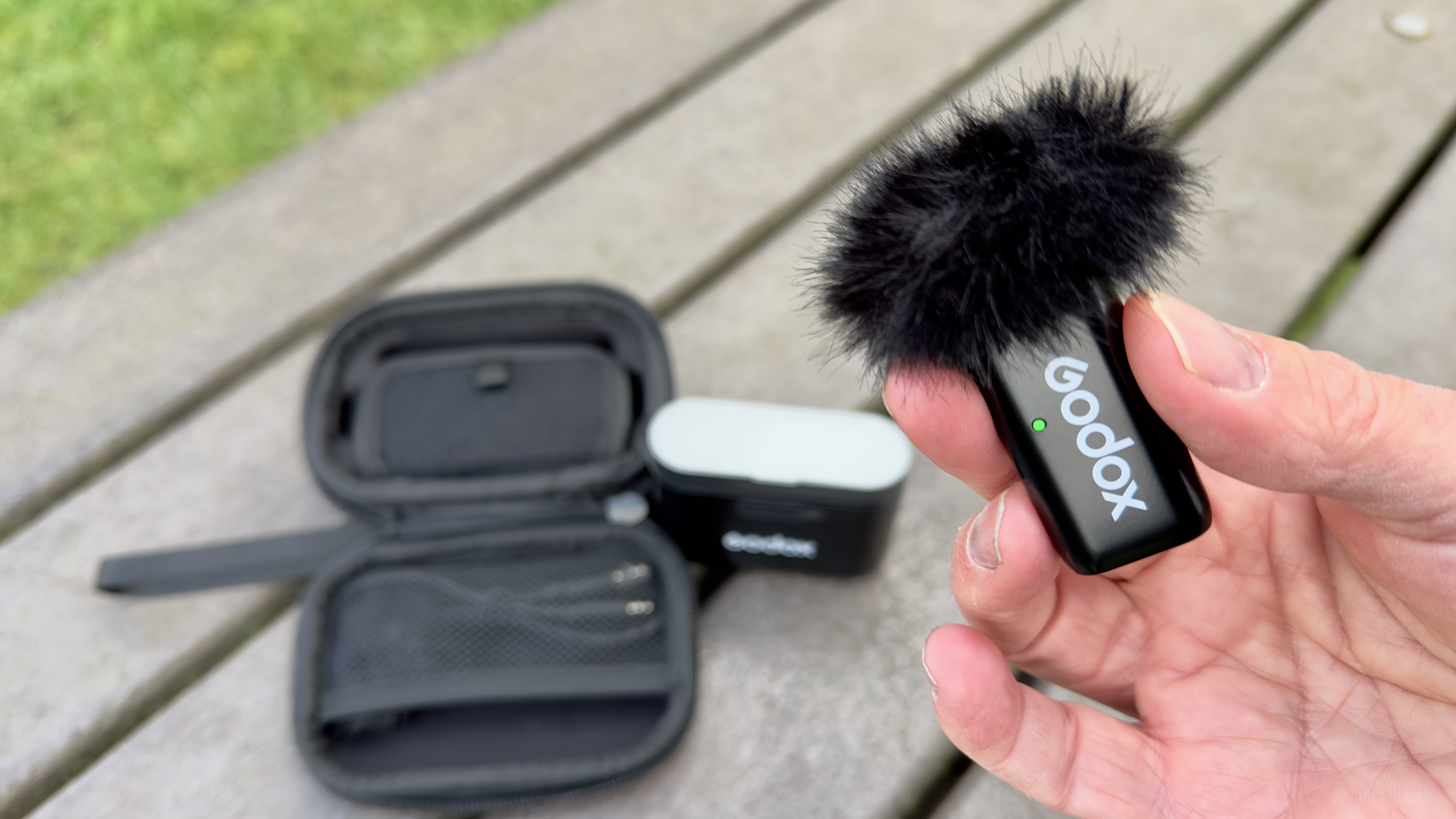
Specifications
Reasons to buy
Reasons to avoid
Some wireless mic kits in this guide require you to attach the receiver to your smartphone or camera via a cable. You may even have to buy a third-party adaptor to attach the cable to an iPhone that’s older than the 15 range. Cables cause a transmitter to dangle, which can make it get snagged if your phone is mounted on a gimbal. The beauty of the Godox WES is that its receiver has a little connecting port that plugs straight into an iPhone’s Lightning port (if you buy the Godox WES1 kit) or an Android smartphone (or iPhone 15) if you buy the Godox Wes2 kit). No dangling cables are required. This makes it an easy job to clip the transmitter to your lapel, plug the receiver into your phone and start recording video with high-quality audio. The only downside to the receiver’s plug-in design is that it may not be attachable if your phone is in a cage such as the Neewer iPhone 15 Pro Max cage, as the cage’s handles can get in the way of the plugged-in receiver.
The Godox WES is one of the cheaper wireless kits in this guide but it produces excellent quality audio from up to 200 meters with line of sight (and only minimal drop-out the you turn your back to the camera at around 100 meters). Its affordable price and ‘plug and play’ nature should make it attractive if you’ve not bought a wireless mic kit before. iPhone users should be especially interested as the WES meets Apple’s MFi (Made for iPhone) manufacturing standards (though do make sure you buy the Lighting (WES1) version if you own a 14 or older model. If you own an iPhone 15 then there WES2 kit is the one you need.
Read more: Godox WES2 review
Best iPhone Microphone for professionals
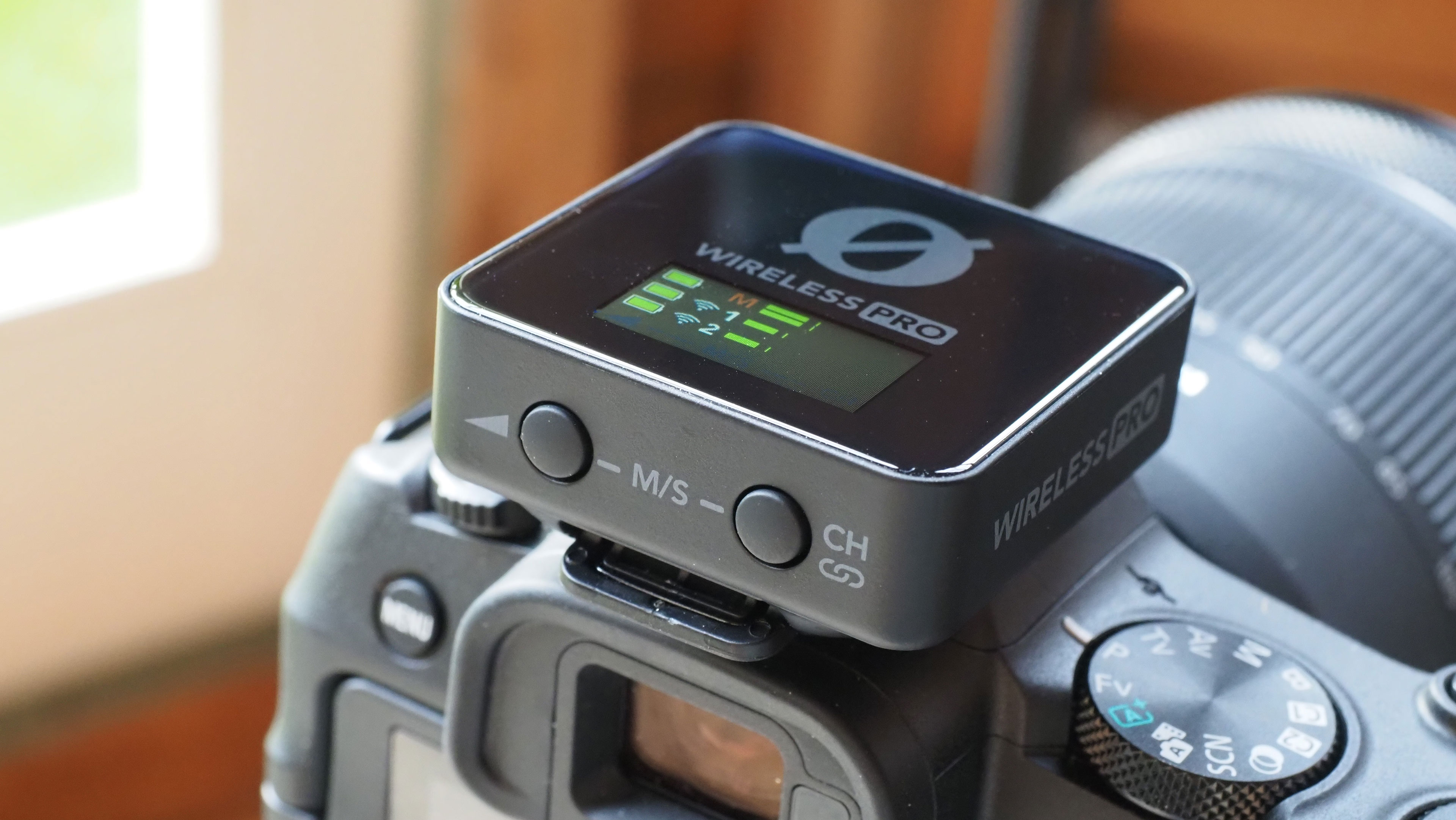
Specifications
Reasons to buy
Reasons to avoid
The RODE Wireless Pro is a typical wireless mic system, with 2 transmitters and a receiver (but it does have some extra tricks up its sleeve as we’ll explain). You can attach the receiver to an iPhone using the supplied lightning cable adaptor. As with other wireless mic kits (such as the 7Artisans DMic-S wireless microphone), both transmitters and the receiver live in a carry case that enables you to charge all three units at once. This ensures that they will all perform with equal charge during a shoot.
Like the Saramonic BlinkMe, the Wireless Pro has on-board recording on its transmitters, so if the signal drops out due to loss of line of sight between transmitter and receiver you can still rescue the audio from the file that’s been recorded directly onto the transmitter.
Unlike the Saramonic BlinkMe’s onboard recorded files, the Wireless Pro captures a superior 32-bit float file. This game-changing format means you don’t have to worry as much about setting the gain wrong and capturing quiet or distorted audio. You can use the 32-bit float track to rescue problematic recordings in a post-production editing app.
Read more: Rode Wireless Pro review
Best all-in-one iPhone microphone kit
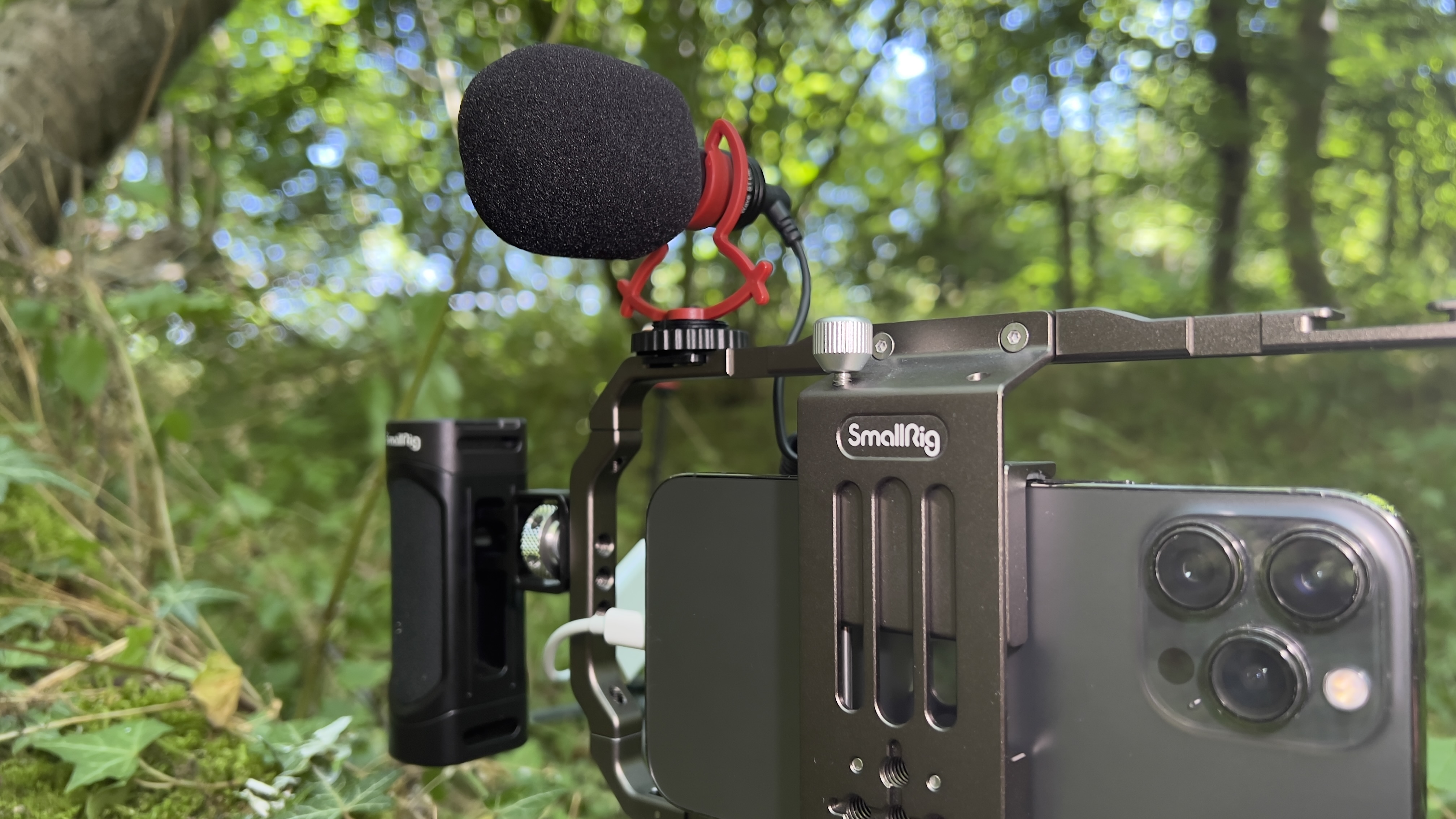
Specifications
Reasons to buy
Reasons to avoid
To use a directional shotgun mic you’ll need to be able to mount it onto your iPhone. Most gun mics (such as the Joby Wavo Plus) require you to buy a separate cage or smartphone tripod clamp that has a cold shoe adaptor to which you can attach the gun mic (see our FAQ section for more on that).
SmallRig’s iPhone cage has a collection of built-in cold shoe mounts that you can use to attach the kit’s supplied gun mic to your iPhone (as well as a shoe-mountable LED lamp). The kit’s gun mic has a plastic shock mount which is designed to reduce camera handling sounds from spoiling your audio recording.
It is set to a cardioid polar pattern so when you’re recording a subject it will focus on their voice while keeping unwanted background sounds to a minimum (which is dealing with a noisy wedding). The kit ships with a range of mic-to-phone cables including a 3.5mm-jack-to-lighting adaptor that enables you to plug it into older iPhone models such as the 14 Pro range. There’s also a supplied wool cover to help reduce wind noise.
By shooting with a mic mounted on this rig you’ll not get mistaken for a wedding guest with an iPhone, so if you need to look more professional then a directional gun mic (and its accompanying accessories) should suit your needs.
Read more: SmallRig All-in-One Video Kit review
Best iPhone Mini Shotgun Microphone
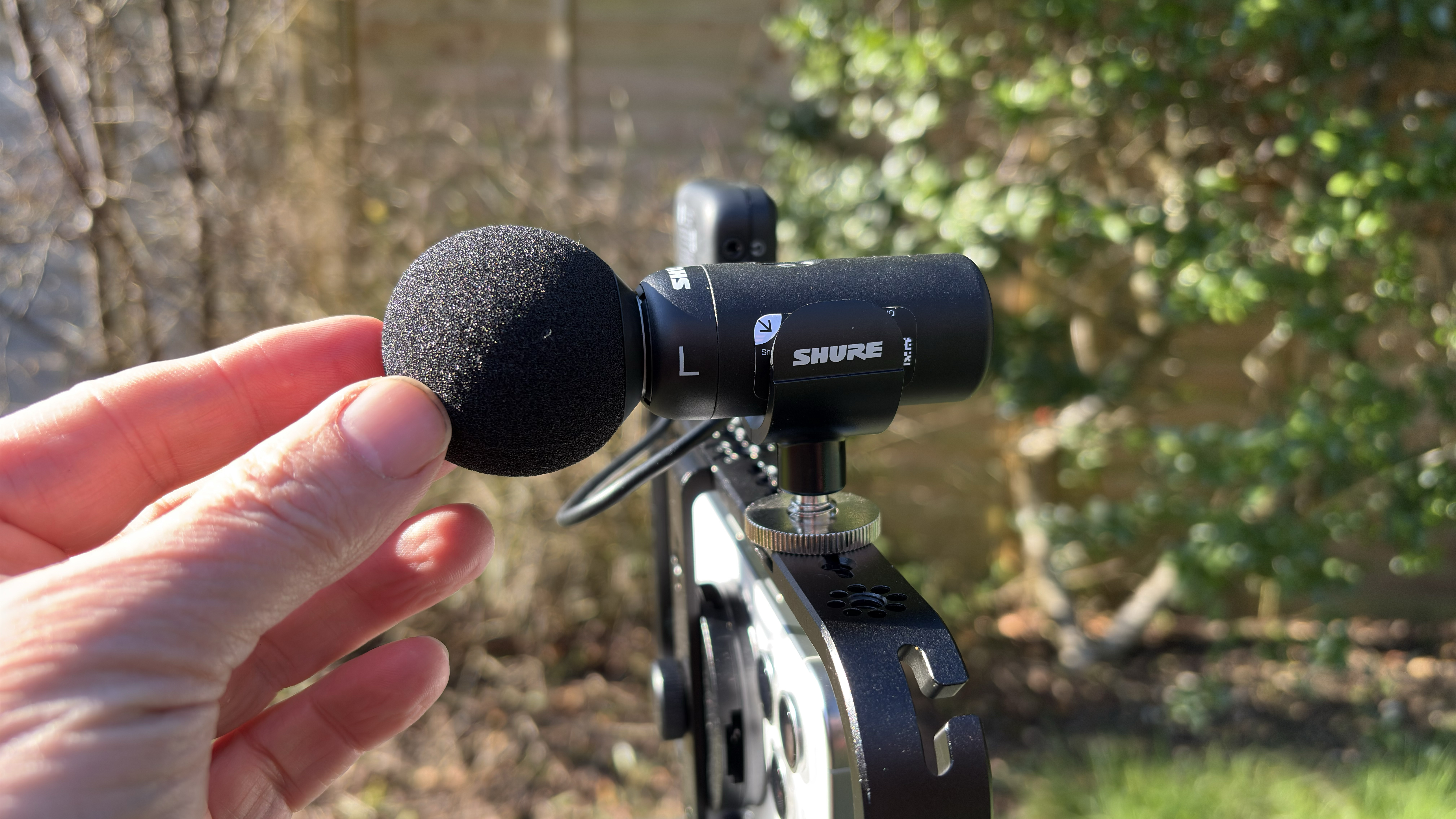
Specifications
Reasons to buy
Reasons to avoid
The Shure MoveMic 88+ is a compact and versatile wireless mic that should be an attractive purchase to a wide range of video makers, such as wedding videographers who want to record guests’ messages to the happy couple without having to write them up to a lavalier mic. By sliding the MoveMic 88+ horizontally into a camera’s cold shoe mount, they can switch it to a directional Mono Cardioid setting and focus on capturing individual voices (without being too distracted by background chatter and music).
If you’re an interviewer, then you can pop the mic in its other supplied clip and thread it onto a vertical desktop mic stand. You can then switch the mic to a bidirectional (figure-of-eight) polar pattern so that it prioritises sound from opposite sides of the mic. Presenters can hold the mic in their hand and walk and talk up to 100 meters from their smartphone via a Bluetooth connection. The MoveMic 88+ is only 89mm long and fits easily into your hand, but it will be in shot as it’s not small enough to hide like a clip-on lavalier mic. It’s more expensive than many of the mics in this Buying Guide, but it captures excellent audio quality - even when recording in noise reduction mode. Check out our full review where you can watch a video of our test and gear the mic in a variety of scenarios.
The Shure MoveMic 88+ can be purchased on its own or with an additional Shure Receiver Kit. If you’re a smartphone user, then the Receiver Kit is not essential as the Shure MoveMic 88+ can broadcast straight to the Shure Motiv Video app on your device. You don’t need to attach a receiver to your smartphone like you do with most wireless mic kits. If you have a DSLR, then you’ll need the Receiver kit. It attaches to your DSLR (or mirrorless camera’s) cold shoe mount and plugs into your camera via the supplied 3.5mm cable. When using the Receiver, you can capture audio at a higher rate of 24-bit compared to the 16-bit transmitted via Bluetooth to the smartphone app.
Read our full Shure MoveMic 88+ review for more
Best discreet iPhone microphone
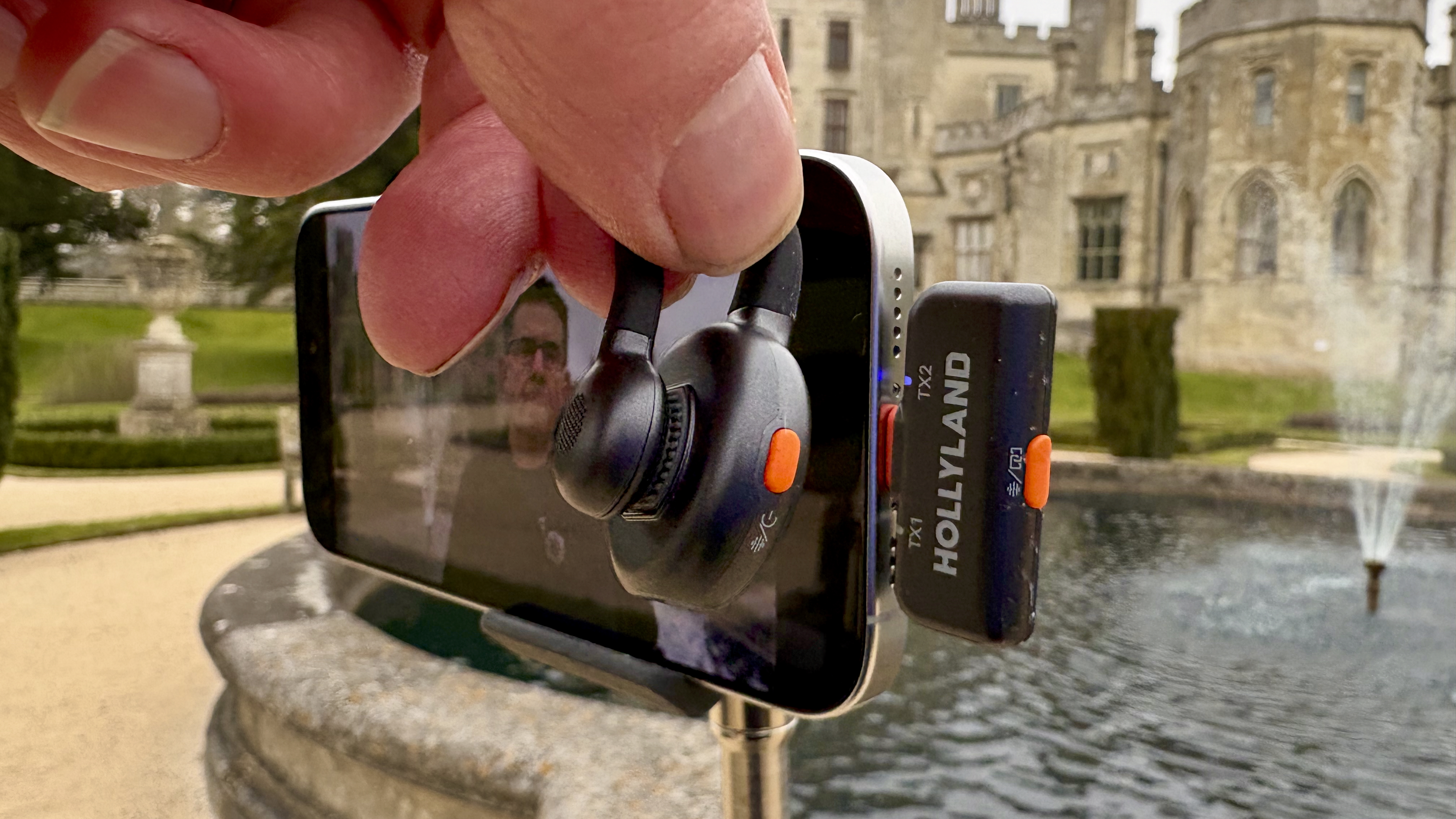
Specifications
Reasons to buy
Reasons to avoid
The Hollyland Lark M2S Combo Kit avoids the magnetic clip-on solution featured on its predecessor, the Lark M2. This is a design improvement as you can easily drop and lose a mini magnet when detaching a mic. The M2S has an extruded mini mic attached to a larger disc-shaped transmitter. This enables you to hook the transmitter tightly and effectively to a shirt, with only the mini mic head being visible while the disc transmitter remains hidden behind clothing.
Thanks to its high 24-bit depth and the 48 kHz sample rate, the Lark M2S kit enables you to capture great quality audio. In theory, it has a transmission range of 300 meters, and we were certainly able to be heard clearly from our test range of 80 meters. However, if you turn your back to the camera and the transmitter loses line of sight with the receiver, then you’ll suffer signal drop-out, even from around 33 meters away from your camera. However, most presenters talk to camera, so this isn’t a big issue - though do check your recording on location as there’s no onboard recording feature in the transmitter like there is with the DJI Mic 2 (but the lack of onboard recording is reflected in the Lark M2S’s cheaper price.)
What particularly impressed me about the Lark M2S was its built-in noise reduction feature. Normally, a mic’s noise reduction feature causes your voice to sound thinner and a bit warbly, but in our test, we completely removed the white noise for a background fountain while my voice sounded full-bodied and smooth. You can trigger the noise reduction feature by tapping the orange button on the mic. Alternatively, you can trigger noise reduction from both mics at the same time during an interview by tapping the orange button on the receiver. If you are recording an interview, you can use the LarkSound app to place the two transmitters on separate stereo channels (instead of using the default mono option).
Read more: Hollyland Lark M2S review
How to choose the best iPhone microphone
The key decision you need to make is whether you need a wireless mic kit or an on-camera shotgun mic?
A shotgun mic is handy for roaming around while filming busy live events, with its hyper-cardioid polar pattern picking up what’s in front of the camera while reducing unwanted noise from the back and sides of your iPhone. This on-camera mic will suit documentary makers or wedding videographers.
However, if you need to present to the camera from a distance (or interview a subject as you walk and talk) then you’re better suited to a wireless mic system. With a wireless mic system, you can simply attach the lightweight receiver to your iPhone via a cable and let it dangle while it picks up sound from the transmitter attached to your distant subject.
However, unlike a gun mic, a wireless mic runs the risk of signal drop out but the ones featured in this guide are pretty reliable and many have on-board recording so you can replace drop-out in post.
Finally, our recommended mic kits contain two transmitters but you can save cash by searching for kits with one transmitter if you are a solo operator, such as Godox Virso M1, which is over £60 cheaper than the M2 kit we featured in this guide.
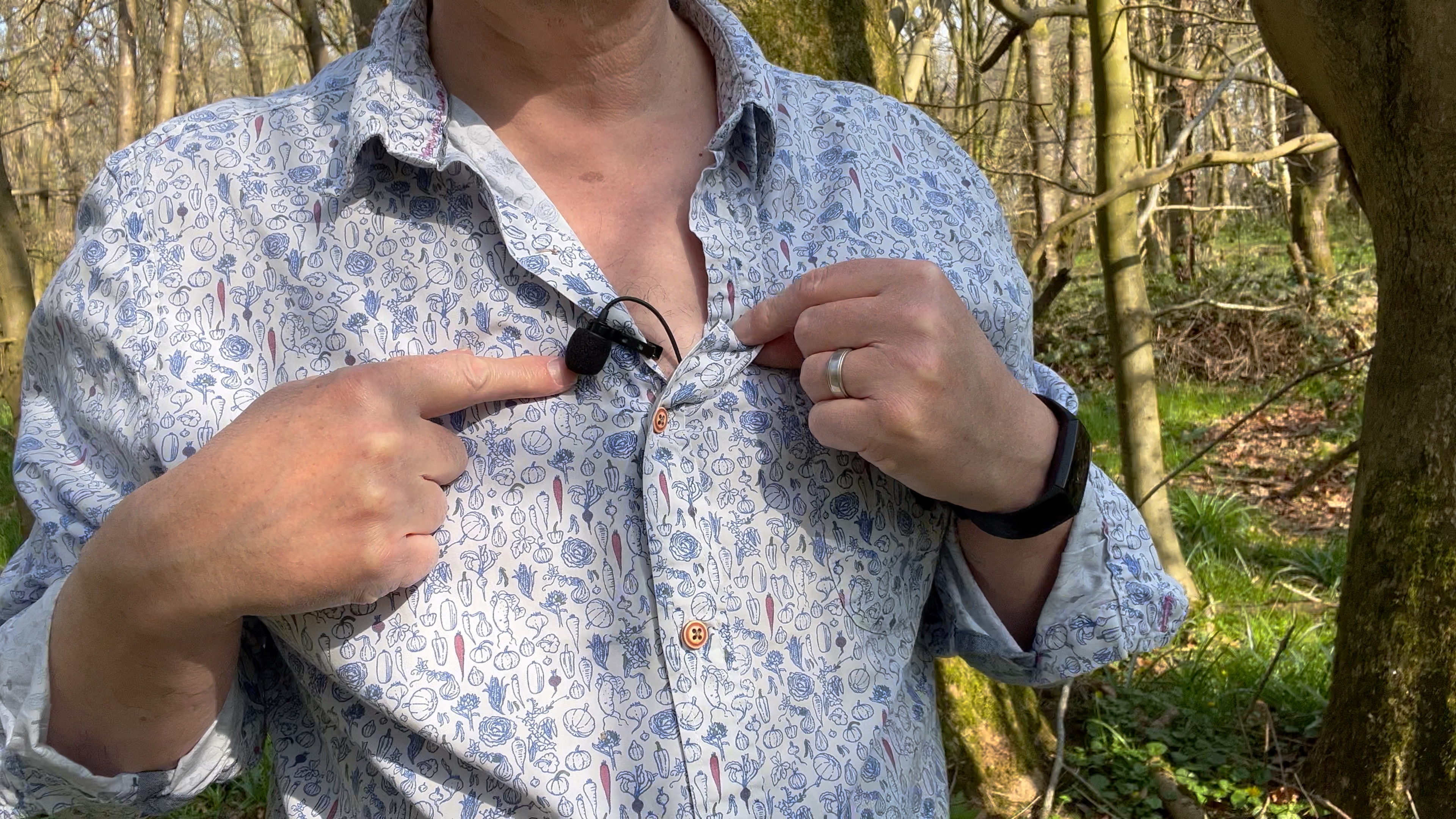
How do I attach a gun mic to an iPhone?
With a shotgun mic, you need a smartphone cage or smartphone tripod mount that has a cold shoe slot to attach the gun mic to, such as the JOBY GripTight. The mic slots into the cold shoe mount and you then plug it into your iPhone.
Do I need an adaptor to connect a mic to an iPhone?
Most mic kits come with a 3.5mm TRS - TRRS audio connect cable that is compatible with smartphones in general. To connect this cable to an iPhone 14 model or older you’ll need an adaptor such as the Ugreen Lightning to 3.5mm cable. To connect a mic to an iPhone 15 model you’ll need a 3.5mm to USB-C cable. Some wireless kits (such as the 7Artisans DMic-S do include an iPhone lighting adaptor cable).
How we test the best iPhone microphones
When choosing mic kits for this buying guide we tried to be topical, so the majority of our recommendations were released in the last 12 months, this iPhone mic buying guide has been completely refreshed with new recommendations, and new models are added regularly.
We tend to get offered test units to play with before they are released which helps us keep up to speed with the latest technologies - for example, none of the wireless mics in our previous roundup had on-board recording. We’ve also aimed to include a range of different manufacturers and a range of prices to suit a range of budgets.
Testing is the fun bit. From the supporting videos in the full reviews, you’ll see that I like to test iPhone mics in a wide range of locations, from wind-swept Scottish hills to urban city centers. This enables me to discover how effective the windshields and the software noise cancellation features are.
With wireless mics, I like to see how far I can get before the signal drops out, especially when the transmitter loses line of sight with the receiver. Because I test the mics with a top-of-the-range iPhone (the 7Artisans mic was recorded on an iPhone 15 Pro Max) I do get nervous when I’m around 60 meters away from the iPhone - especially when I’ve left it perched on a wall in the city!
I’ve been recording sound professionally since the late 1980s and the younger me would be astonished by the quality and range of modern wireless mic kits, especially as I no longer need to hold a heavy gun mic on a long pole just out of frame above the subject’s head! These digital days we’re spoilt for choice when it comes to iPhone mics as you can see from this buying guide’s candidates.
Get the Digital Camera World Newsletter
The best camera deals, reviews, product advice, and unmissable photography news, direct to your inbox!
George has been freelancing as a photo fixing and creative tutorial writer since 2002, working for award winning titles such as Digital Camera, PhotoPlus, N-Photo and Practical Photoshop. He's expert in communicating the ins and outs of Photoshop and Lightroom, as well as producing video production tutorials on Final Cut Pro and iMovie for magazines such as iCreate and Mac Format. He also produces regular and exclusive Photoshop CC tutorials for his YouTube channel.
